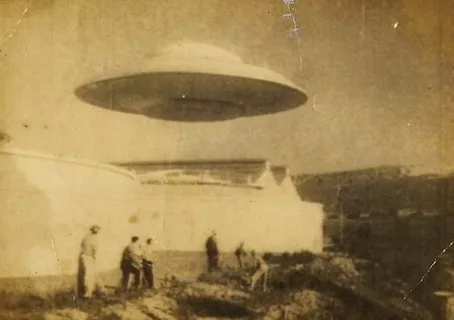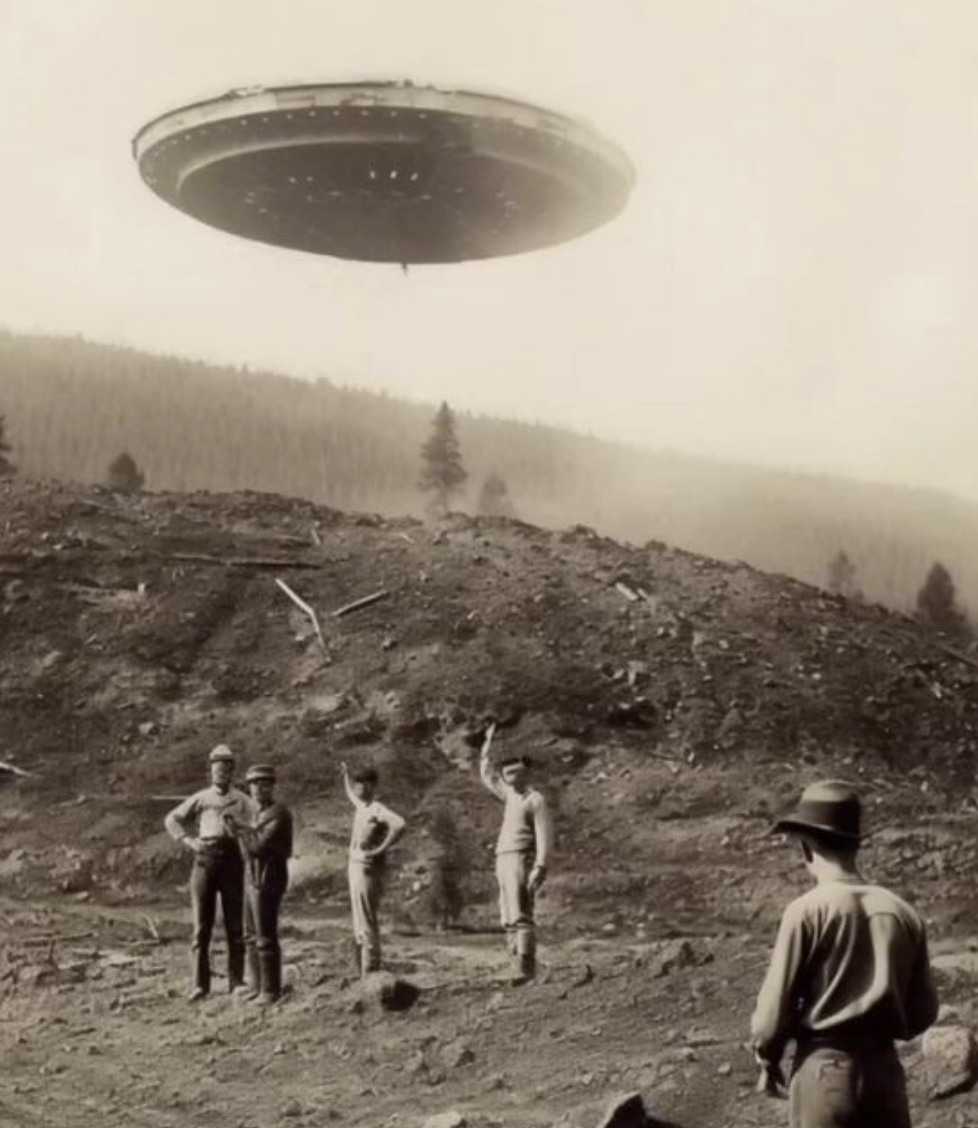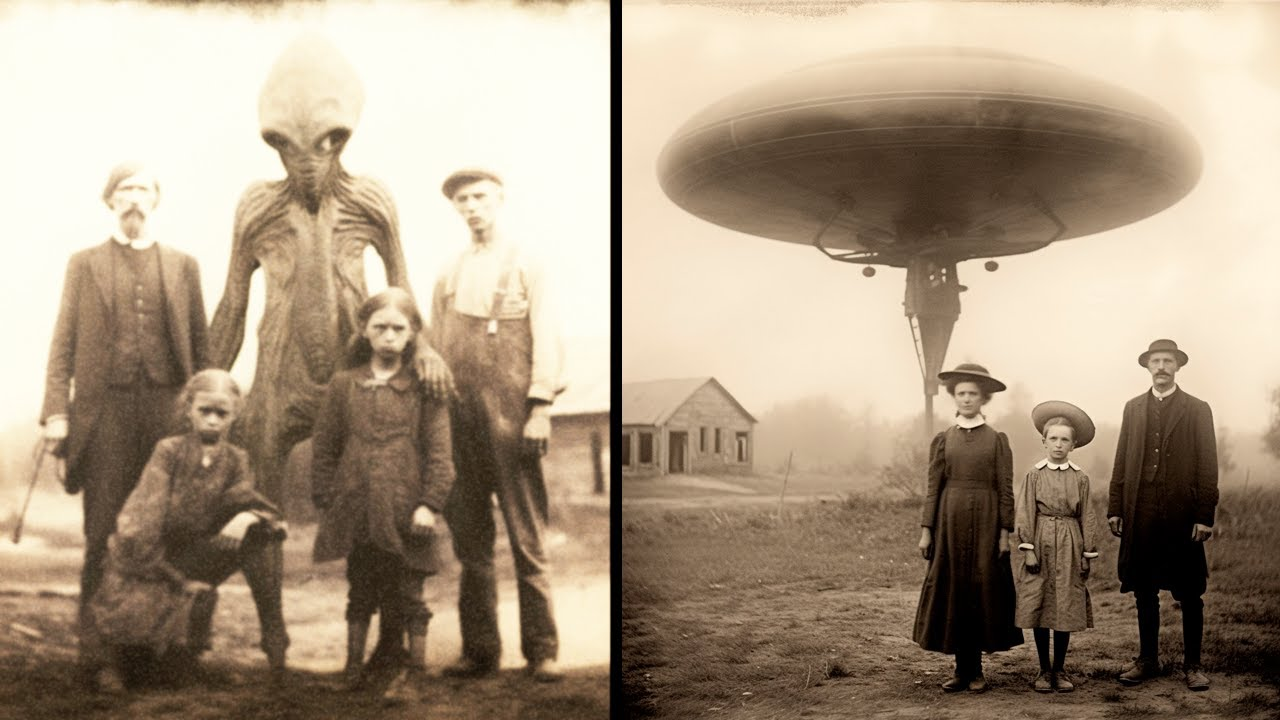In the year 1750, humanity stood on the brink of a bewildering mystery that challenged the very fabric of its understanding of the universe. Reports of strange appearances, possibly linked to aliens and UFOs, began to circulate, capturing the imagination and fear of those who witnessed these phenomena. This article delves into the accounts of these extraordinary events, exploring the impact they had on society at the time and the lasting legacy they left behind.
The mid-18th century was a time of great change. The Age of Enlightenment was in full swing, and humanity was beginning to embrace reason, science, and the pursuit of knowledge. Yet, amidst this era of intellectual progress, strange occurrences were reported that seemed to defy the rational explanations of the time. These events, centered around the year 1750, brought forth tales of unidentified flying objects (UFOs) and beings that were described as otherworldly.

Several accounts from 1750 describe mysterious objects in the sky, unlike anything known to man. These objects were often described as glowing orbs or disc-shaped crafts that moved with an agility and speed that was far beyond the capabilities of any human-made contraption of the time. Witnesses reported seeing these objects hovering over fields, forests, and even populated areas, leaving behind a trail of confusion and wonder.
One of the most detailed accounts comes from a small village in Europe, where villagers claimed to have seen a large, luminous object descend from the sky. The object was said to emit a strange, humming sound and was surrounded by an eerie light that cast long shadows over the landscape. As the villagers watched in awe, the object suddenly vanished, leaving behind a scorched patch of earth where it had briefly touched down.

Alongside reports of strange flying objects, there were also claims of encounters with beings that did not resemble any known creatures on Earth. Descriptions of these beings varied, but common themes emerged: they were often described as humanoid in shape, but with features that were distinctly alien—large, almond-shaped eyes, elongated limbs, and skin that glowed faintly in the darkness.
In one particularly chilling account, a farmer in rural England claimed to have encountered a group of these beings in his field late one night. He described them as being taller than the average man, with smooth, pale skin and eyes that seemed to peer into his very soul. The farmer was so terrified by the encounter that he fled his home, refusing to return for several days.
The scientific community of the time was understandably skeptical of these reports. The Enlightenment had ushered in an era of reason, and many scholars were quick to dismiss the stories as mere superstitions or the result of mass hysteria. However, not all scientists were so quick to disregard the accounts. A few, driven by curiosity, began to investigate the phenomena more closely.
One such figure was the French astronomer and philosopher, Charles Messier, known for his catalog of nebulae and star clusters. Messier reportedly took an interest in the UFO sightings of 1750, believing that they might be astronomical in nature. He conducted several observations in an attempt to capture the mysterious objects on paper, though he was never able to provide concrete evidence of their existence.

The events of 1750 had a profound impact on the culture of the time. Stories of UFOs and alien beings began to appear in literature, art, and folklore. These accounts often took on a life of their own, with each retelling adding new details and embellishments. The fear of the unknown was palpable, but so too was the fascination with the possibility that humanity was not alone in the universe.
In many ways, the strange appearances of 1750 mirrored the anxieties and hopes of the time. The Enlightenment was an era of exploration and discovery, and the idea that there might be other intelligent beings in the universe was both thrilling and terrifying. The reports of UFOs and aliens became a focal point for these conflicting emotions, serving as a reminder that, despite humanity’s growing knowledge, there was still much that remained unknown.
The strange occurrences of 1750 have inspired numerous theories over the centuries. Some have suggested that the sightings were the result of natural phenomena, such as meteor showers or auroras, which were not well understood at the time. Others have proposed that the events were hallucinations or the product of collective imagination, fueled by the superstitions of the era.
In modern times, with the advancement of science and technology, some researchers have revisited the events of 1750, considering the possibility that they were indeed encounters with extraterrestrial beings. While there is no concrete evidence to support this theory, the idea continues to capture the imagination of those who study the history of UFOs and alien sightings.

The strange appearances of aliens and UFOs in 1750 remain one of the most enduring mysteries of the 18th century. Despite the lack of definitive proof, the events have left a lasting legacy, influencing both popular culture and the study of unidentified aerial phenomena. The stories of 1750 serve as a reminder of humanity’s enduring fascination with the unknown and the possibility that there is still much to discover beyond the confines of our planet.
The events of 1750, with their tales of strange appearances and encounters with the unknown, continue to intrigue and mystify. Whether these accounts were the result of natural phenomena, hallucinations, or genuine encounters with extraterrestrial beings, they have become an integral part of the history of UFO sightings. As we continue to explore the universe, the mystery of 1750 serves as a reminder that the quest for knowledge often leads us to the most unexpected places, where the line between reality and imagination becomes blurred, and the true nature of the unknown remains tantalizingly out of reach.




